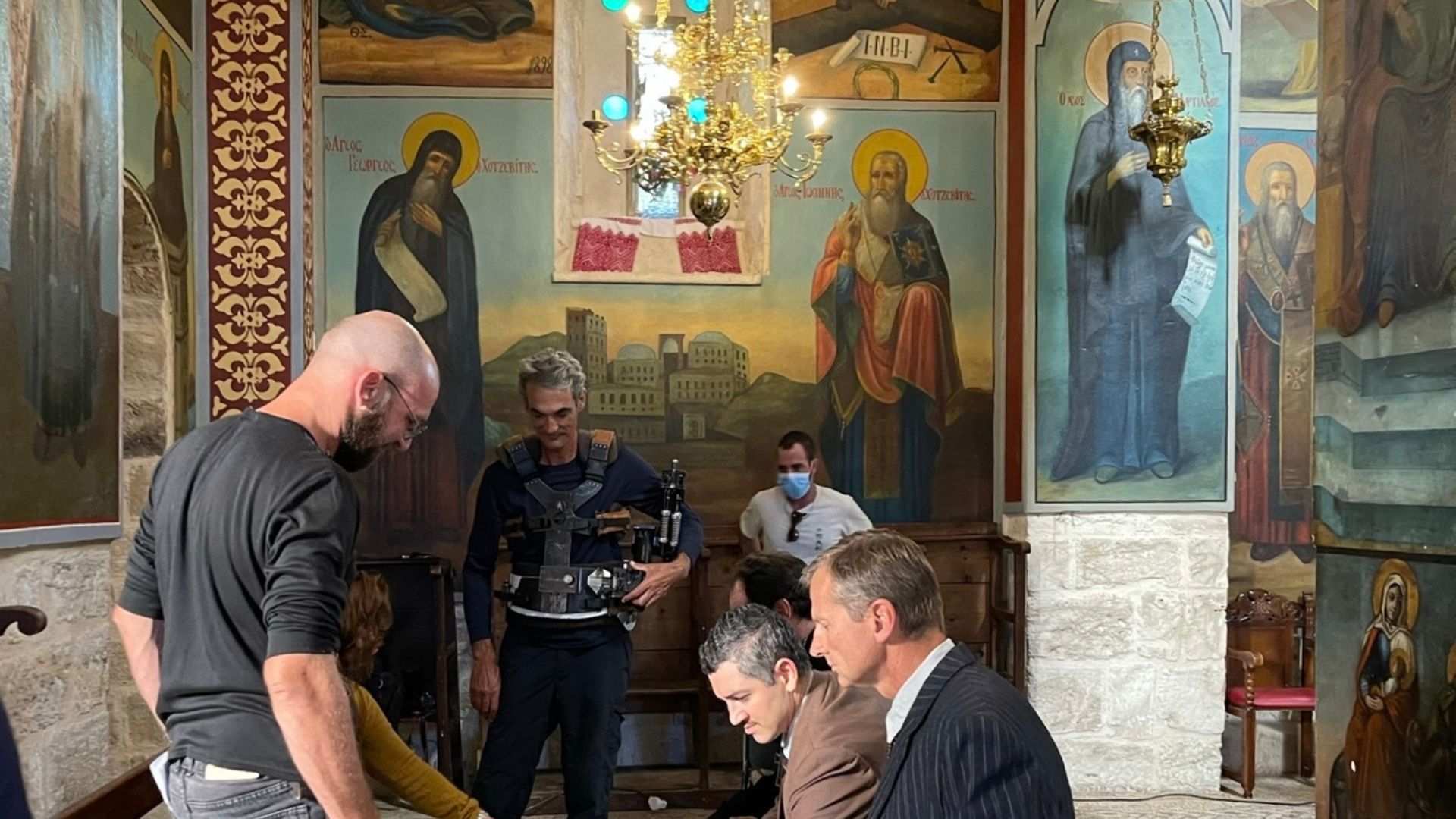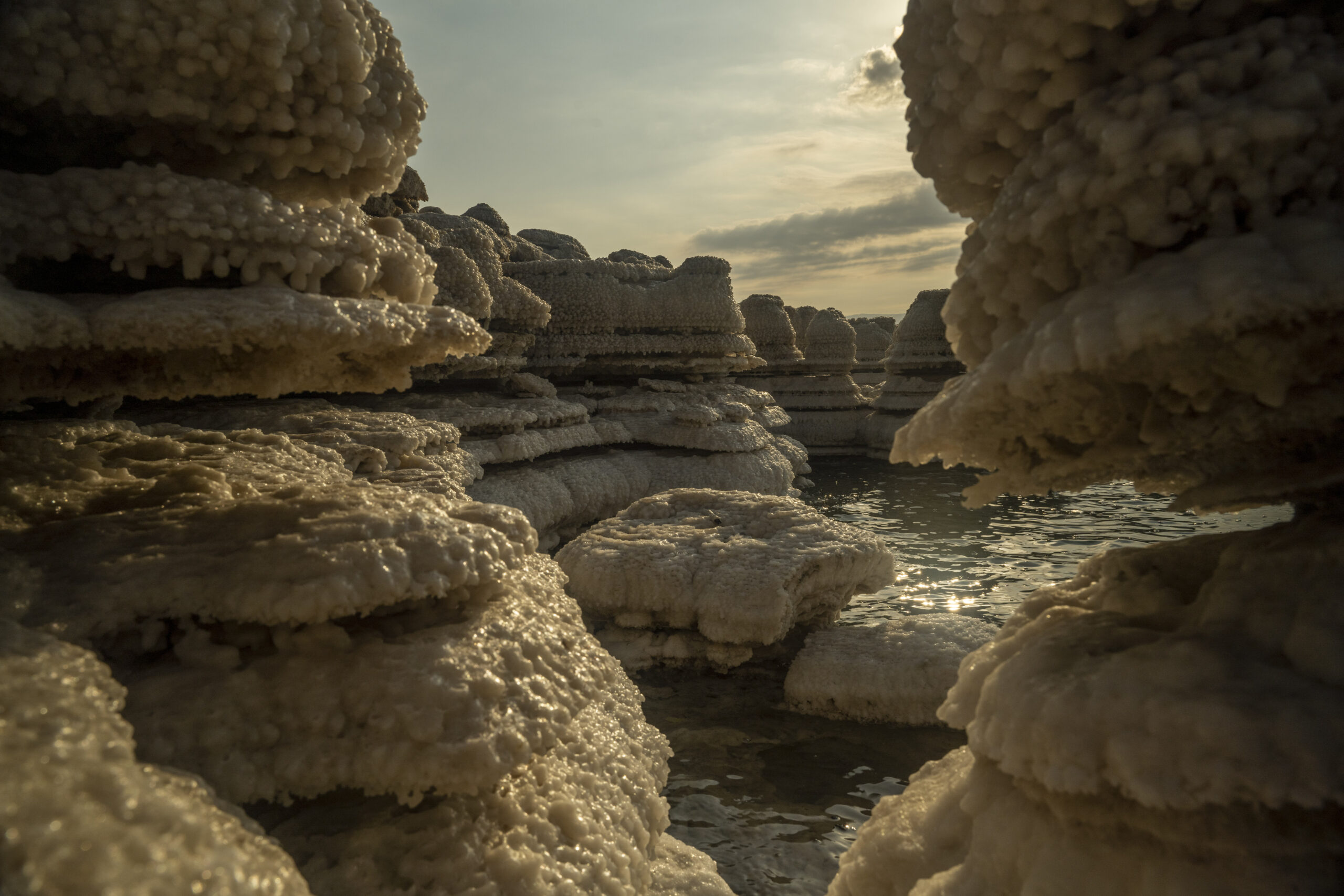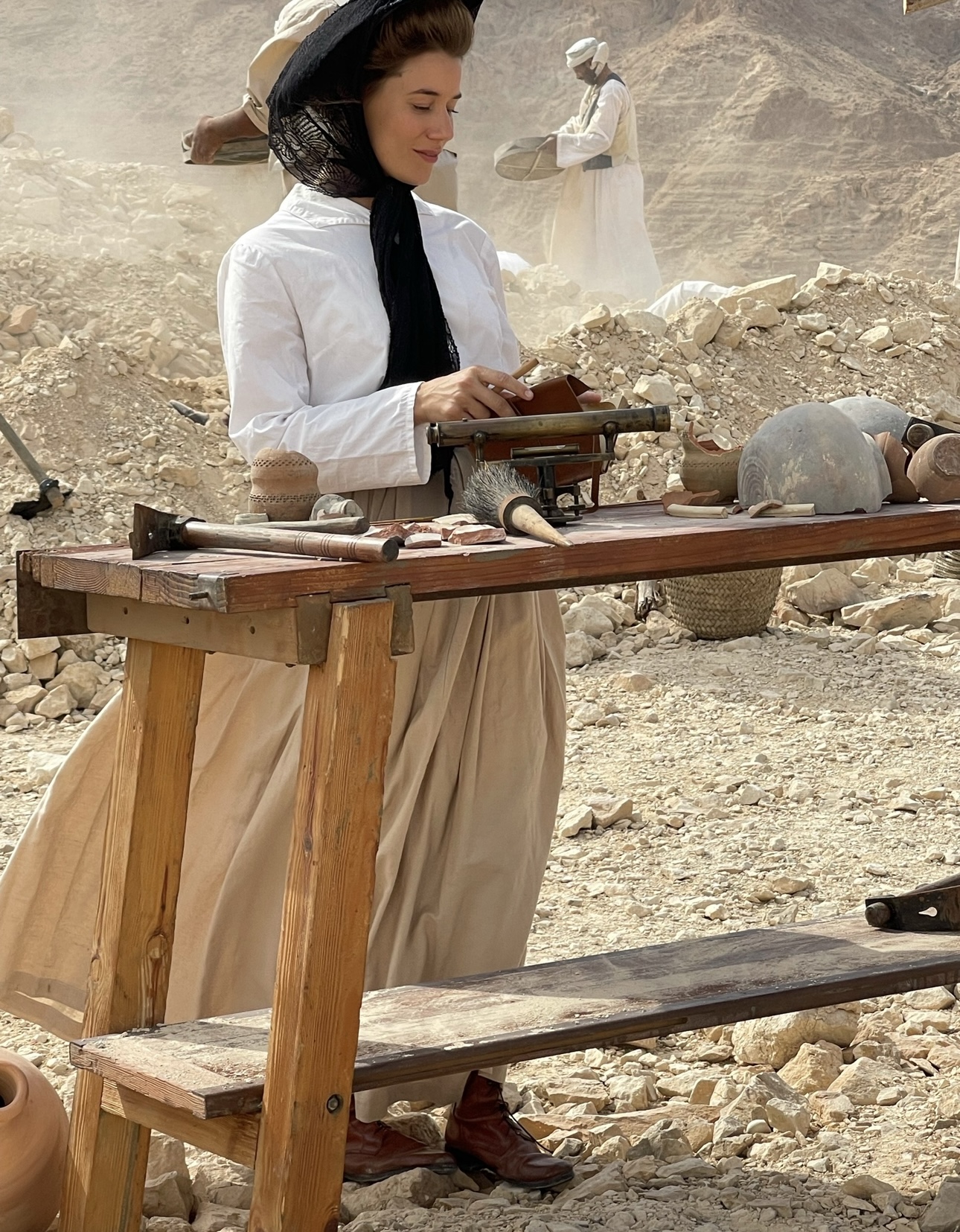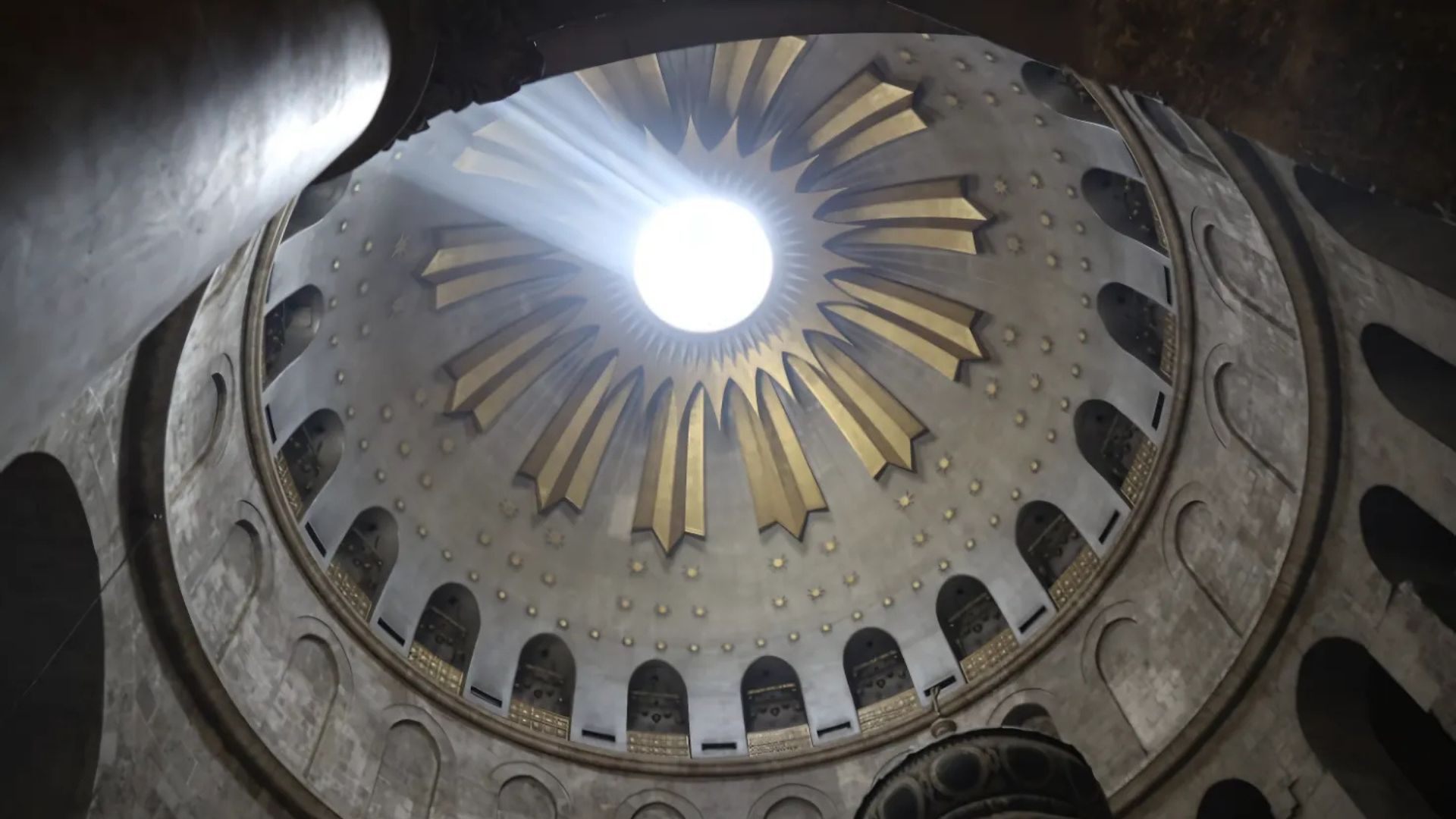Churches are among the most emotionally resonant locations a filmmaker can work with. For faith-based productions, they are often not just a backdrop, they are part of the message. Whether it’s a quiet scene of prayer, a powerful moment of redemption, or a dramatic turning point, churches carry a visual and symbolic weight that few locations can match.
Yet filming inside churches, especially in Israel, involves more than just securing a beautiful location. These spaces are active places of worship, each with its own rhythms, rules, and representatives. Planning a shoot here requires sensitivity, preparation, and the right local support.
Why Churches Hold Cinematic Power
The architecture of churches, from centuries-old cathedrals to simple stone chapels, naturally supports storytelling. Their symmetry, acoustics, and lighting lend themselves to both visual drama and quiet intimacy. But it’s more than aesthetics. For audiences familiar with Christian traditions, a real church can evoke memory, reverence, and emotional depth. That’s why some directors insist on filming in authentic church spaces instead of studio recreations.
In Israel, churches also hold geographical and narrative relevance. Locations like the Church of the Holy Sepulchre in Jerusalem or the Church of All Nations at the Mount of Olives aren’t just historical – they align with the very stories being told.
Types of Churches Available for Filming
Israel offers access to a wide range of Christian sites, including:
- Catholic churches
- Orthodox churches
- Armenian churches
- Protestant churches
- Smaller local chapels and monasteries
Working in churches that are off the beaten path has its benefits. The atmosphere is often calmer, and scheduling can be easier to negotiate. But even the most modest site may require approval from multiple parties — from local clergy to the denomination’s central authority.
Permission and Process: What Filmmakers Should Know
Filming in churches always begins with respect. Before anything else, productions must request permission in writing. That request should include details about the scene, the script, the type of equipment, and the number of people on site. Religious institutions will want to understand the context in which their space will appear.
In many cases, approvals need to go through multiple channels: local priests, bishops, custodians of religious orders, or even international church offices. Timelines vary, and it’s important to start early. A last-minute request is unlikely to succeed, no matter how professional the crew.
Cultural Sensitivities and On-Site Behavior
Once inside, the responsibility continues. Crews are expected to dress modestly, keep noise to a minimum, and avoid obstructing daily religious activities. Lighting must be subtle, and some churches may restrict the use of generators, booms, or cranes. Sunday services and high holidays are usually off-limits for any filming, even for B-roll.
Some churches allow only handheld or lightweight equipment. Others will require supervision by a church representative during the shoot. These aren’t just formalities, they are part of a working relationship that must be maintained with care.
Why a Local Fixer Is Essential
Navigating these requirements is nearly impossible without someone on the ground who knows the local landscape. A skilled fixer or production manager who has worked with churches before can:
- Open doors – literally and figuratively
- Identify the correct people to approach for permissions
- Phrase requests in a culturally appropriate and effective way
- Understand and respect the religious boundaries that must not be crossed
From translating expectations to managing schedules that respect prayer times, a good fixer keeps everything moving while avoiding misunderstandings that could derail the production.
Timing Matters
Churches are rarely empty. Between services, tourism, and local activities, finding a quiet moment can be a challenge. Early mornings are often best for capturing clean, uninterrupted shots. In some locations, midweek days are quieter. Understanding the church’s weekly schedule is key to planning a realistic and respectful shoot.
A Note on Sound and Light
Acoustics in churches can be both a gift and a challenge. Reverberation may enhance certain scenes but complicate clean audio. Crews should plan accordingly, using specialized microphones or dubbing where needed. Natural light through stained glass or arched windows can be stunning, but also unpredictable. Scout ahead of time and be ready to adapt.
Working With HolyLandFilm
Filming in churches isn’t just a technical process. It’s a collaboration between the spiritual and the cinematic. To do it right, you need more than a permit – you need local insight, cultural understanding, and professional support.
HolyLandFilm is powered by Biblical Productions, one of Israel’s most trusted film production companies for faith-based and historical content. We’ve worked with leading networks and independent filmmakers from around the world to bring meaningful stories to life.
If your script calls for a sacred setting, let’s talk.
We’ll help you find the right church, secure the right permissions, and film in a way that honors both the space and your story.




